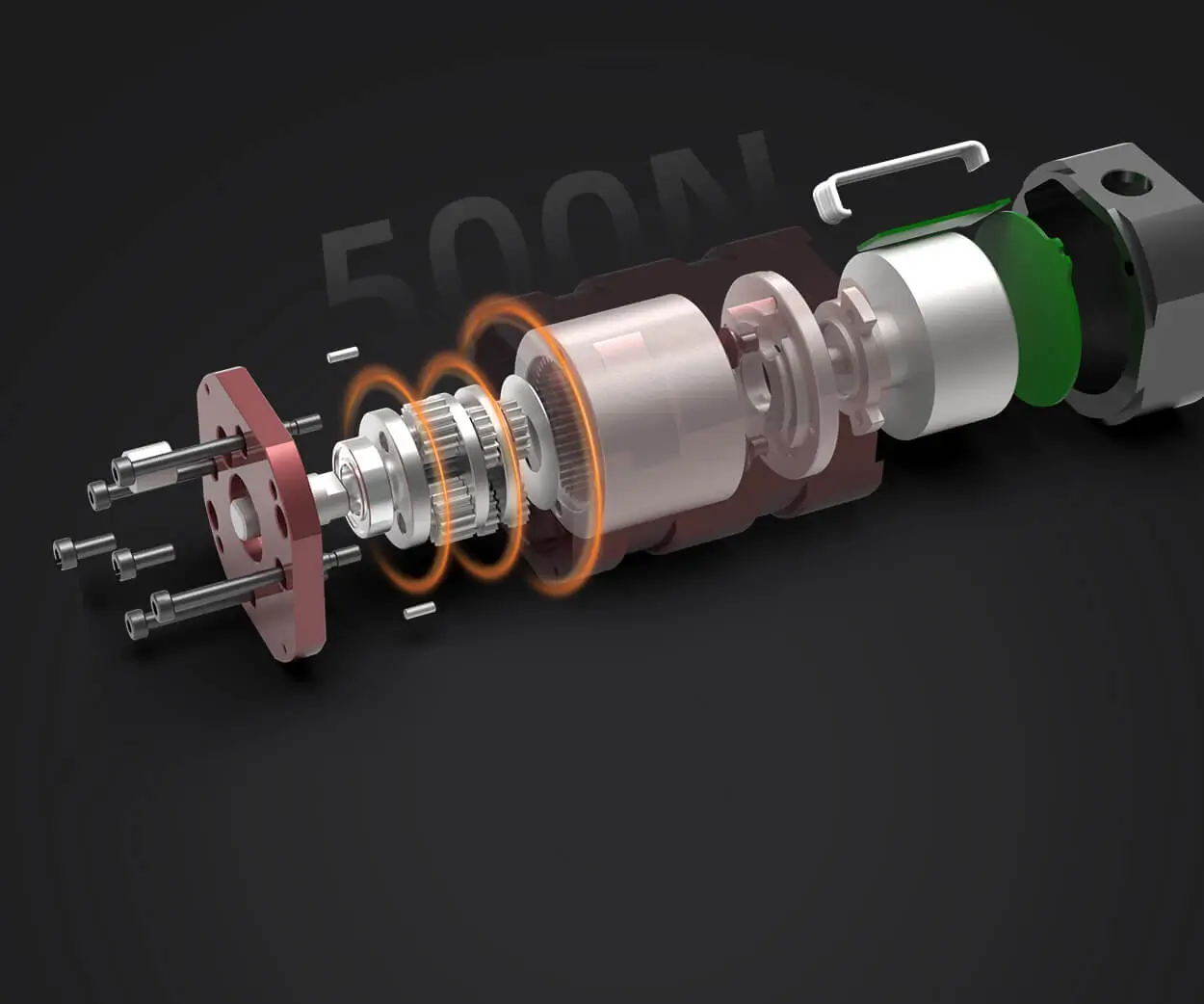Sure! Here's the first part of your soft article based on the theme "Arduino Get Started IR Remote Control." I will follow your format:

Unlocking the Potential of Arduino with IR Remote Control: Your Gateway to Wireless DIY Projects
In the world of DIY electronics, few components open up as many possibilities as the humble infrared (IR) remote control combined with the power of Arduino. Whether you’re dreaming of building a remote-controlled lamp, a robot, or simply automating household gadgets, understanding how to incorporate IR remote control into your Arduino projects is a game-changer.
Why use IR remote control with Arduino?
IR technology has been around for decades, mainly popularized through consumer electronics like TVs, air conditioners, and media players. It's simple, inexpensive, and highly accessible for hobbyists. Leveraging IR with Arduino allows you to add wireless inputs to your projects, turning a simple remote into a universal controller for all your gadgets.
Getting Started: What You Need
Before diving into code and circuits, gather a few essential tools:
An Arduino board (Uno, Nano, Mega, or similar) An IR receiver module (such as the TSOP38238 or VS1838B) A standard IR remote control (many come with TVs, media players, or universal remotes) Jumper wires and a breadboard Basic electronic components (resistors, sometimes additional sensors depending on project complexity) Arduino IDE software (download for free from the official site)
With these items at hand, you're ready to start transforming your Arduino into a wireless remote control hub.
Connecting the IR Receiver to Arduino
The IR receiver is the brain behind receiving signals from your remote. Its connections are typically straightforward:
VCC to 5V or 3.3V on Arduino (check your module's specifications) GND to ground Signal to a digital pin (often pin 2 or 3)
Once wired, the IR receiver can listen to the remote's commands, converting infrared light signals into electrical signals that your Arduino can interpret.
The Heart of the Code: Decoding IR Signals
To make your Arduino responsive to your remote, you’ll program it to recognize various button presses. This involves using an Arduino library called "IRremote," which simplifies capturing and decoding IR signals.
Here's a quick rundown of how the process works:
Initialize the IR receiver in your code. Wait for signals when the remote is pressed. Capture the signal data (usually a code representing each button). Map each code to an action within your project.
Installing the IRremote Library
Open the Arduino IDE:
Go to Sketch > Include Library > Manage Libraries. Search for "IRremote" and install the latest version.
This library provides functions to easily decode and send IR signals, making the entire process much simpler.
Basic Example: Learning and Responding to Remote Commands
Here’s an outline of a typical beginner project:
The Arduino lights up an LED when a specific remote button is pressed. When you press "Power" on your remote, the LED turns on. Pressing "Volume Up" turns it off.
This simple project helps you understand key concepts: capturing signals, mapping them, and triggering actions.
Sample Code for a Beginner IR Remote Control
#include const int recv_pin = 2; // Pin connected to IR receiver IRrecv irrecv(recv_pin); decode_results results; const int ledPin = 13; // Built-in LED void setup() { Serial.begin(9600); irrecv.enableIRIn(); // Start the receiver pinMode(ledPin, OUTPUT); } void loop() { if (irrecv.decode(&results)) { unsigned long int decCode = results.value; Serial.println(decCode); // Readable code for debugging // Example: if the code matches the "Power" button, turn LED on if (decCode == 0xFFA25D) { // Replace with actual button code digitalWrite(ledPin, HIGH); } // Example: if the code matches "Volume Up", turn LED off else if (decCode == 0xFFE21D) { digitalWrite(ledPin, LOW); } irrecv.resume(); // Receive the next value } }
How to Find Your Remote's Codes
Open the Serial Monitor in Arduino IDE. Press a button on your remote. Note the hexadecimal code displayed. Use that in your code to trigger different actions.
Experimentation and Customization
Once you’ve captured some codes, you can expand your program to handle multiple buttons. Think about linking each button to different LEDs, motors, or even Wi-Fi modules for more dynamic projects.
The beauty of Arduino IR remote projects is their flexibility—you can transform a simple household remote into a universal control for your custom creations.
Stay tuned for Part 2, where we'll delve into more advanced projects, troubleshooting tips, and creative ideas to elevate your Arduino IR remote control adventures.
Leveraging innovations in modular drive technology, Kpower integrates high-performance motors, precision reducers, and multi-protocol control systems to provide efficient and customized smart drive system solutions.




































